If you’re here then chances are you have rural land with some forest on it, and you’re looking to maximize its use with forest crops.
You’ve come to the right place!
I’ve been working as a tree planter for years now, I’ve come to know many native plants from the forest. It’s come in handy because I’ve noticed some plants that have more potential value than others.
Note: When you’re planting forest crops, you do want to plant native plants, and not invasive species. That’s the responsibility we have as forest herders, we work with nature, instead of against it.
This way, we don’t hurt the fragile ecosystem of our land, we enhance it with our work.
2 Things to Consider About Forest Farming
Forest crops are not like traditional crops, there are some things to consider before starting:
- Long Time: While there are plenty of forest crops you can plant and harvest the next year, the most valuable ones take years.
- Low Maintenance: Forest crops are much less maintenance than traditional crops. You’re planting species native to this environment, naturally they will be adapted to live there.
It will be a lot of work initially, and it will take time to get results. But after the initial effort, it’s laid back work, we let nature do its thing. The key here is patience.
Your best option here is to have a tree plantation first then use this ecosystem to your advantage.
Tree plantations can take 50-60 years to mature, that’s a lot of time you can use to plant native forest crops.
For example, let’s say you pick a crop that matures every 5 years like ginseng. That means you can harvest ginseng on your plantation 10 times before your plantation matures.
That’s a good amount of money from the sale there and not much work.
It’s just maximizing your tree plantation, I feel there’s a lot of lost opportunities from what I see.
The majority of tree plantations I’ve seen that are cleared of branches are just bare and lifeless. If you put so much time clearing your plantation, why not plant some understory crops?
Now let’s see the potential forest crops:
The 6 Best Forest Crops to Plant
1. Medicinal Plants
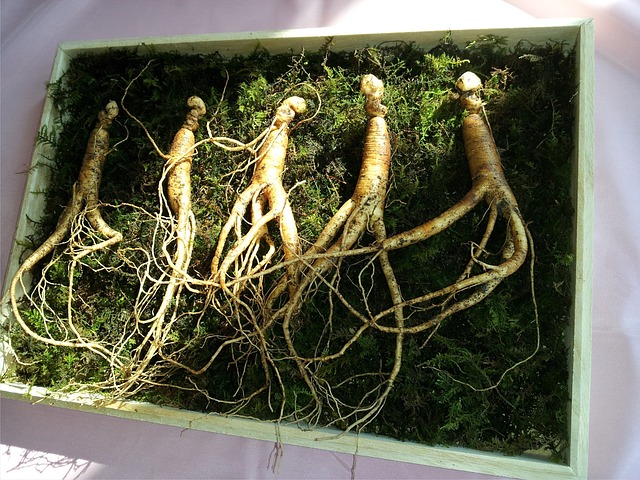
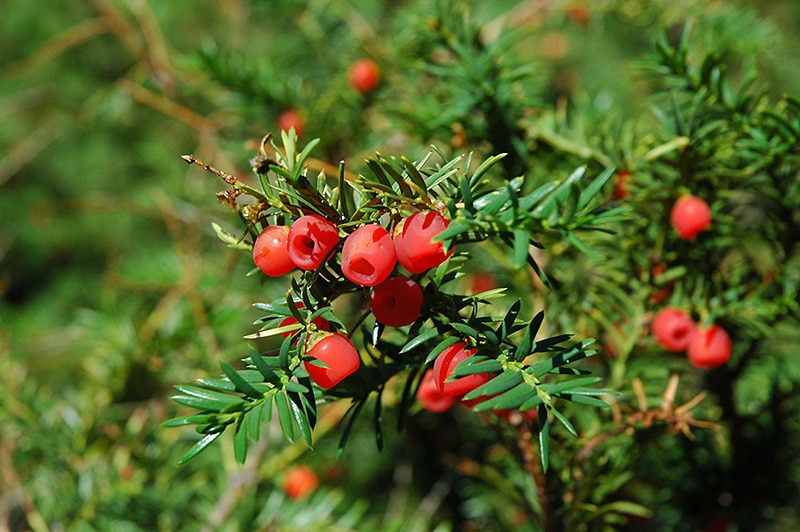
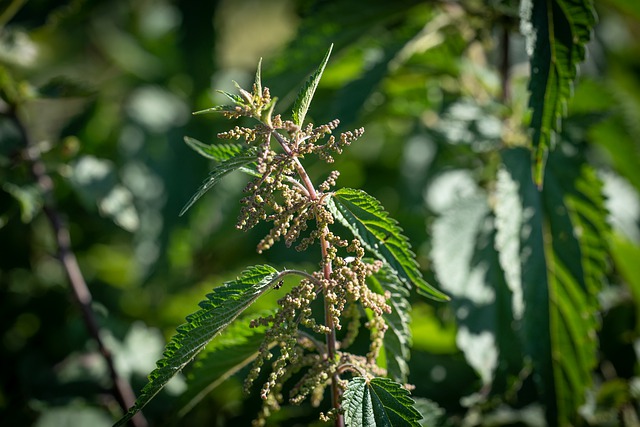
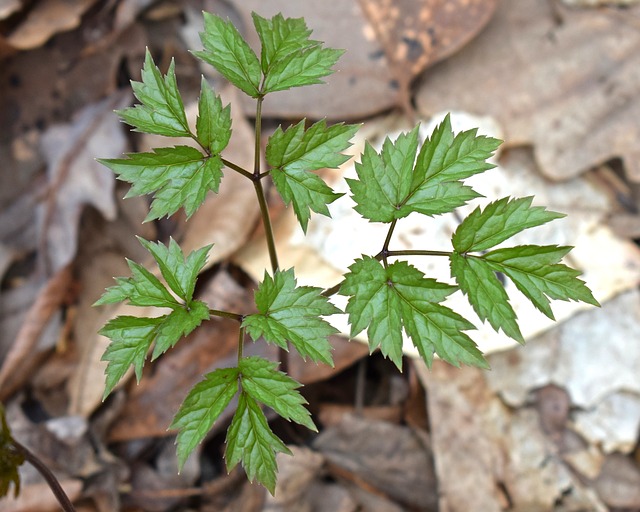
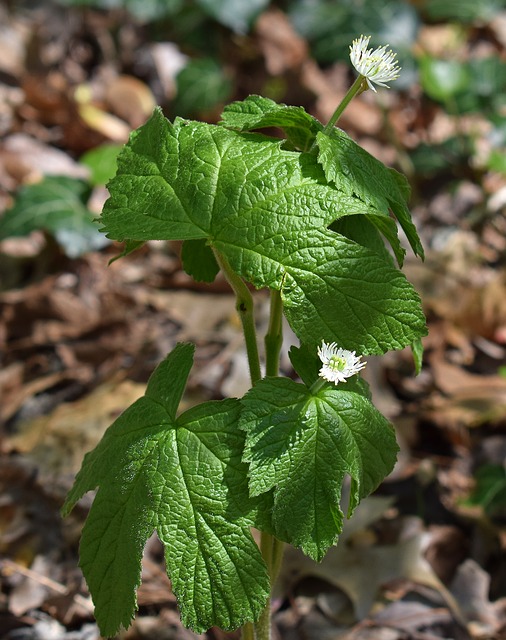
Medicinal plants are the most valuable forest crop you can plant, but they are slow growers.
- Ginseng: Sells well overseas, North American ginseng is actually worth more than the Asian ginseng there. Check out our Ginseng Forest Farming Guide.
- Canada yew: Has a special cancer-fighting chemical that’s used by a pharma giant in India, it has international market potential.
- Canada nettle: Has all sorts of uses in natural medicine, it’s sold online by many retailers.
- Black Cohosh’s: Its use in medicine goes way back to Native American tradition, its properties still hold true today and are marketable.
- Goldenseal: It treats ailments like inflammation and digestive issues, it’s also a natural yellow dye. Online and farmer market potential.
2. Mushrooms
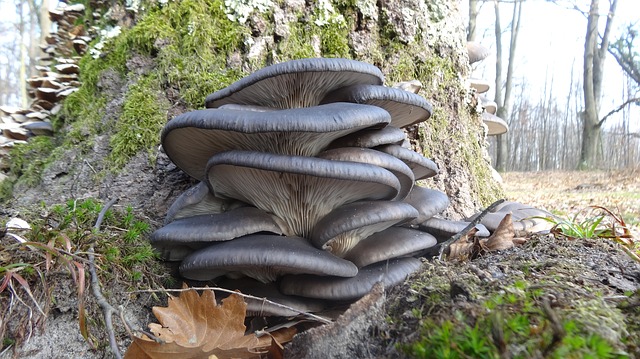
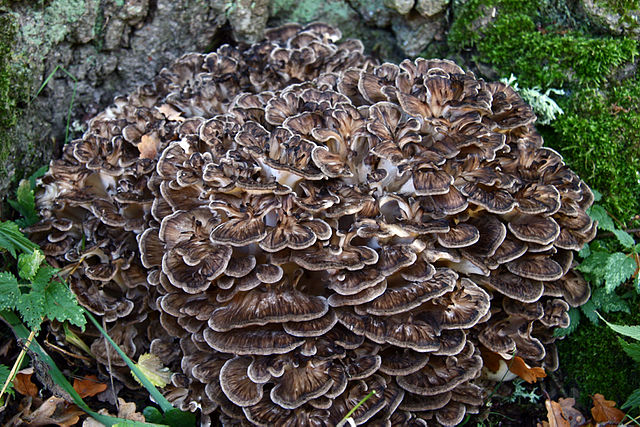
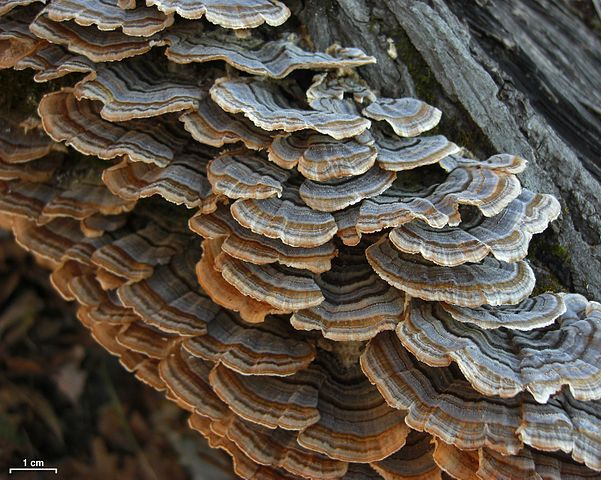
The process is fairly easy and with mushrooms, you can harvest the very next year and from the same crop year after year. We wrote a guide on this: How to Forest Farm Mushrooms.
Note: Forest farming mushrooms require logs, but not every mushroom grows on logs.
That’s why I picked these three mushrooms, they are all fit for forest farming and have market potential.
- Oyster Mushrooms: They are edible and very tasty, marketable online, to farmer markets and restaurants.
- Hen-of-the-Wood: Also edible, they are loved by chefs. Marketable especially to restaurants.
- Turkey Tail: Turkey tail has medicinal properties, it’s widely sold online as a natural product.
3. Wild Spices
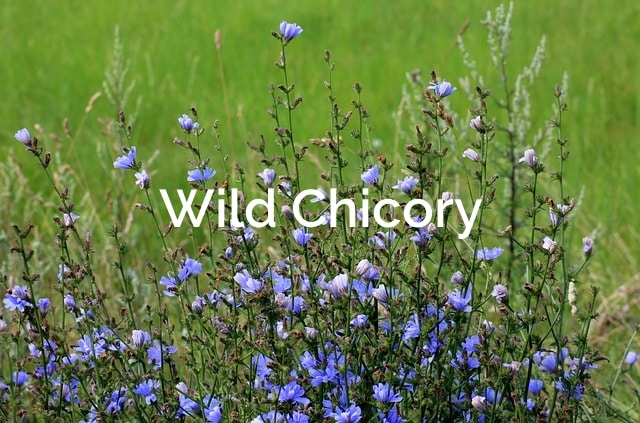
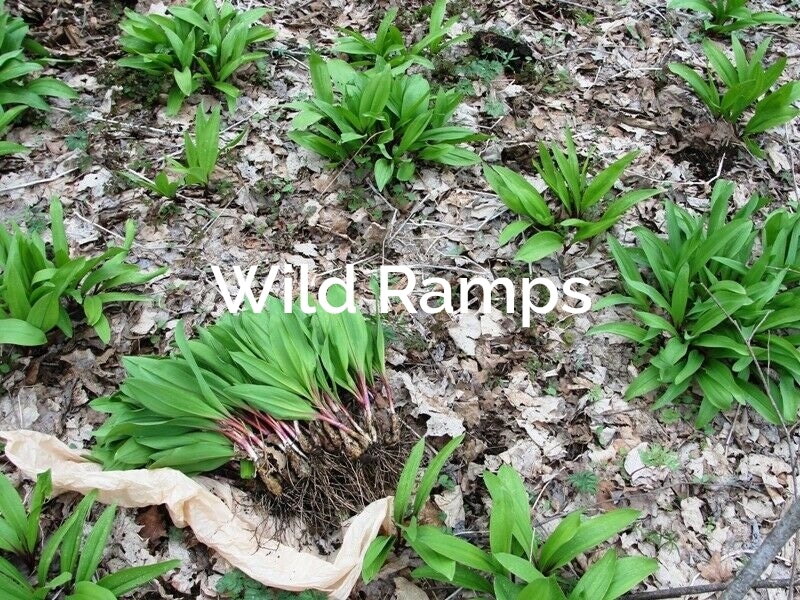
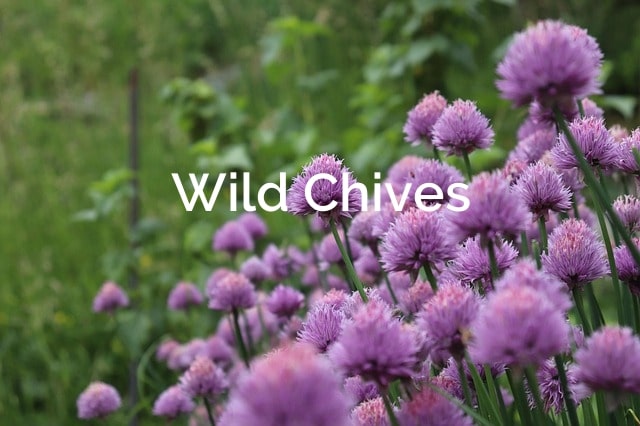
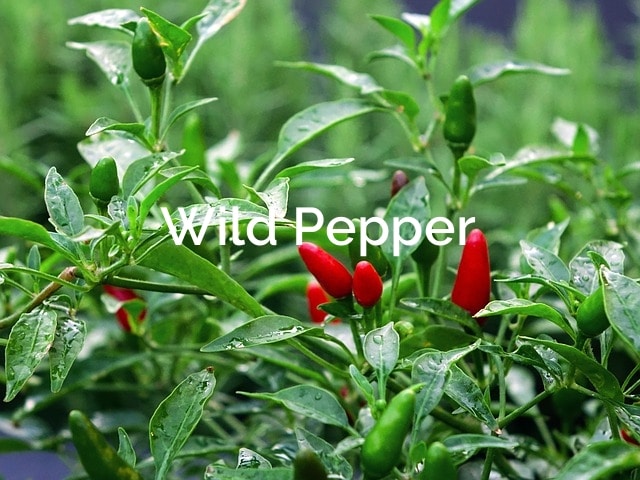
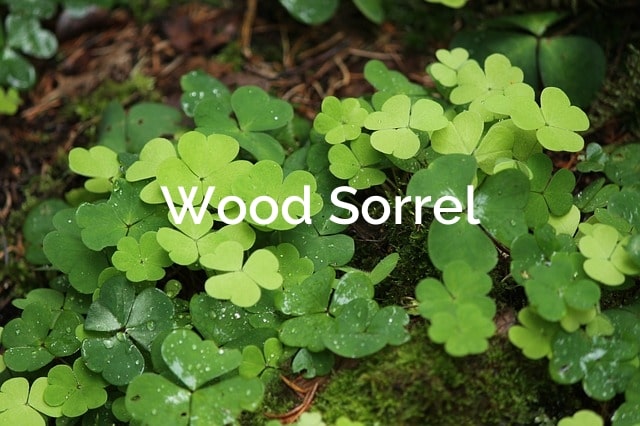
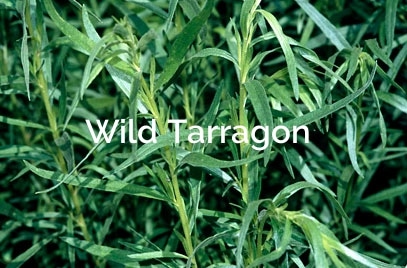
Spices can be grown and harvested in the same year, which is great if you’re looking to forest farm full time.
Isn’t it strange to think you could farm under the cover of a forest instead of a wide-open farm?
They are part of a list of non-timber forest products you can use to make money.
Naturally, all these spices will have the same market. They can be dried and sold online or fresh at the farmer’s market.
4. Wild Tea
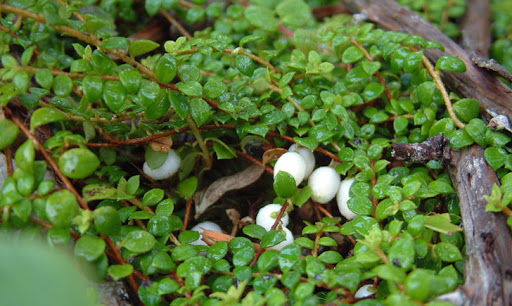
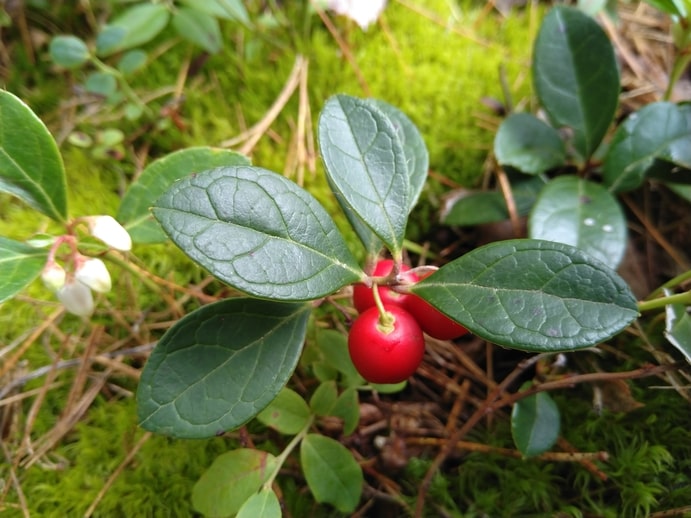
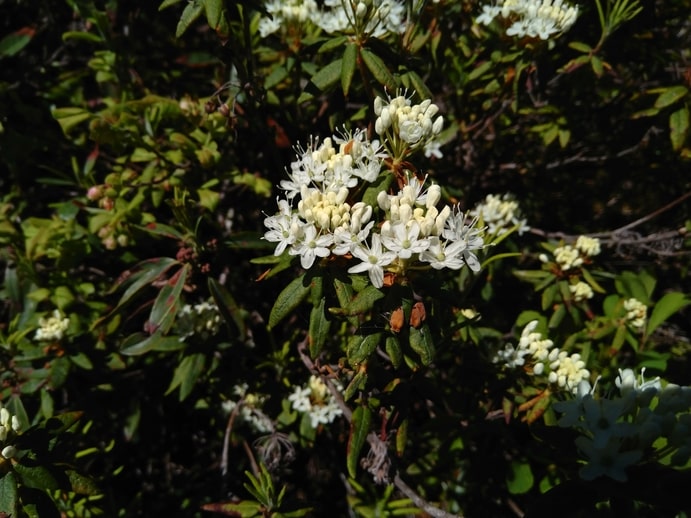
Wild tea is another great potential forest crop for your rural land. They’re fairly easy to grow, as long as you have the right habitat, and they’re native plants in North America.
- Creeping Snowberry: Slight minty flavor, it’s smooth which makes a wonderful tea. Great market potential online.
- Eastern Teaberry: Strong minty flavor with a hint of licorice, teaberry is a very delicious tea that sells like hotcakes.
- Labrador Tea: It has a lemony flavor and some mild medicinal effects. It’s a pretty smooth tea and has a potential market online.
5. Wild Fruits
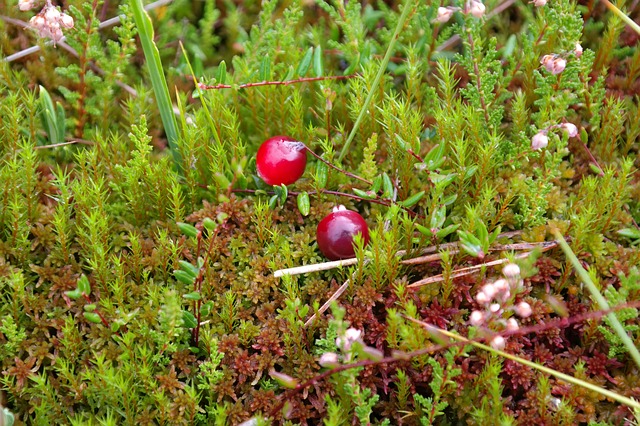
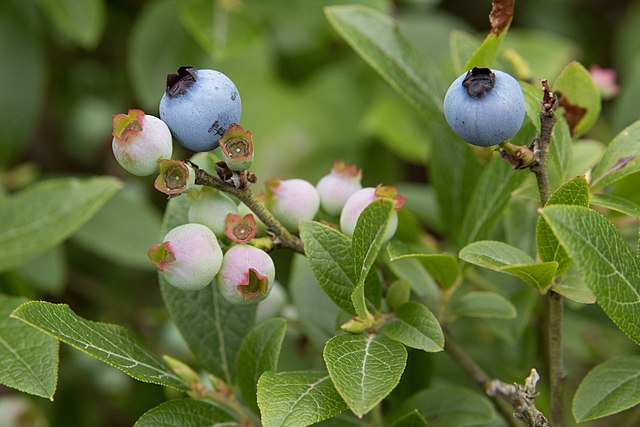
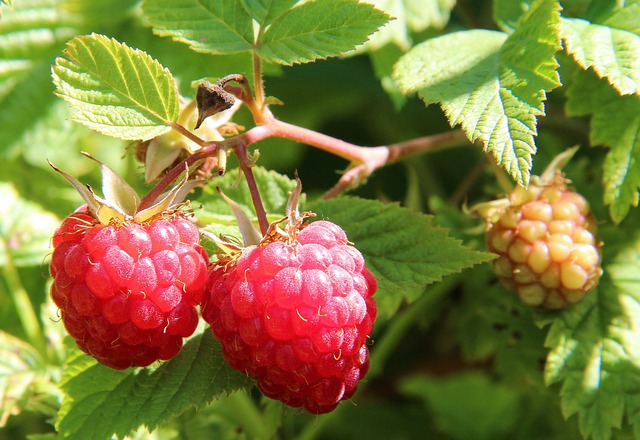
Wild fruits, not much convincing to do here. You might compete with the animals with these though, but it’s worth a shot to see the potential.
Berries are relatively easy to grow and won’t need much maintenance.
Each of these three will require a different environment, it’s just down to what your rural land is composed of.
- Wild Cranberry: Requires a marshy, boggy land. Like a lakeside mossy forest is perfect.
- Wild Blueberry: Requires a sandy forest, blueberries are great understory plants for a pine tree stand.
- Wild Raspberry: Plants in almost any kind of land, from my experience they do pretty well in clayey soils.
6. Mosses
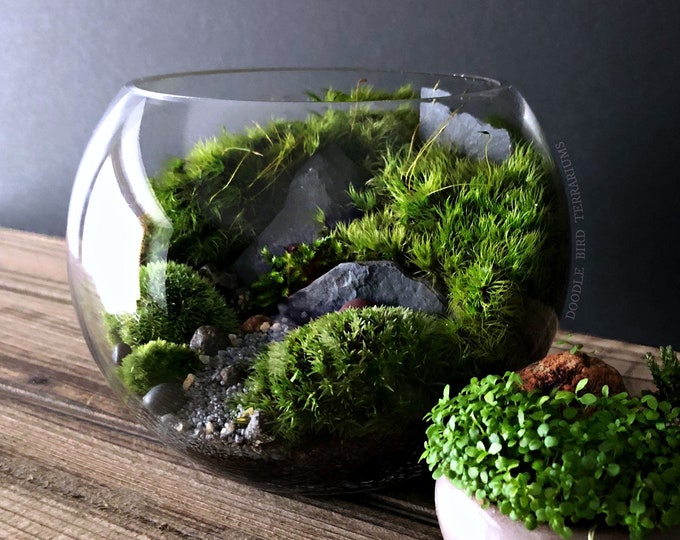

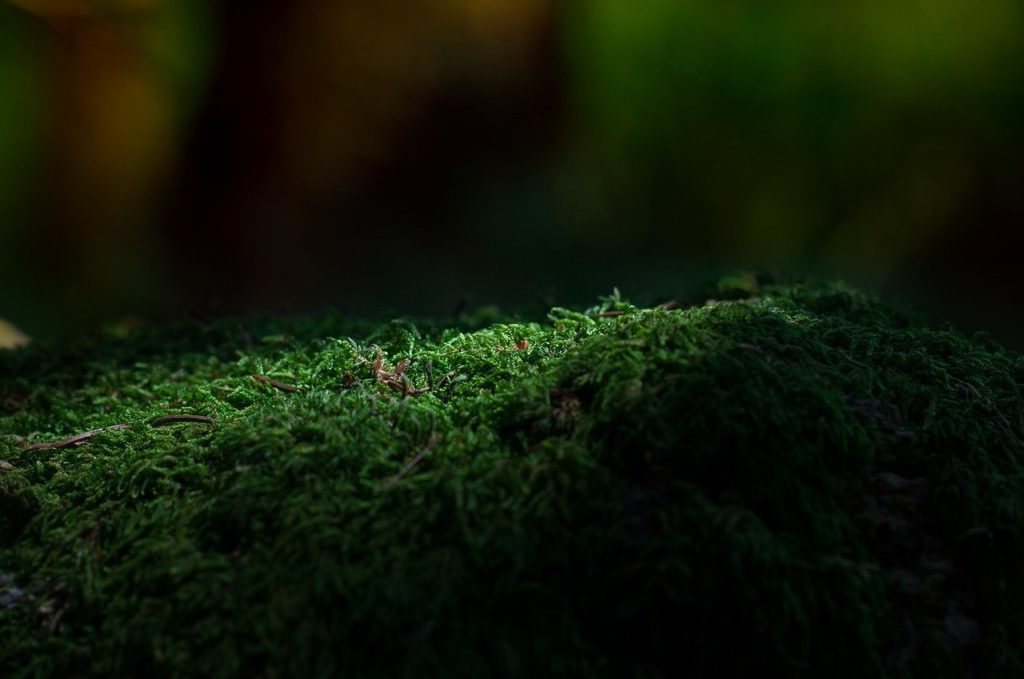
At first, it can sound weird, but mosses have great use in many markets, and they’re farmable. See our boreal forest moss & lichens for more.
Uses of Moss
- Substrate: Dried moss in pet stores is used as substrates for pet aquariums.
- Terrariums: You can use moss to make mini terrariums.
- Landscaping: Sell to landscaping stores for outdoor landscaping and gardens.
- Soil: Decomposing moss is the ingrediant in peat moss soil, with enough of it, you can sell soil.
With just these three uses, there’s a potential market here if your forest is especially mossy. You can farm moss there and harvest it for sale.
Conclusion
As you can see, you have a lot of choices when it comes to forest crops. Depending on your tree plantation, you might also even be able to harvest nuts.
What you choose to plant comes down to what your land looks like. For example, what trees naturally grow there, your type of soil, the humidity, and its access to rivers or lakes.
These characteristics all matter when you pick what forest crops to grow.
You could also maximize your forest crops further by harvesting their seeds. There is a huge market online for wild, non-GMO seeds.
The more you know, the better you’ll become at this. It just takes plenty of elbow grease, time, and patience.
Here’s to hoping I inspired a few of you to become forest herders like me!
Cheers!
If you want to pick seeds from native plants to proliferate around your land, I have a few tricks for native seeds that might help you.
Check out our article on how to collect seeds from native plants.
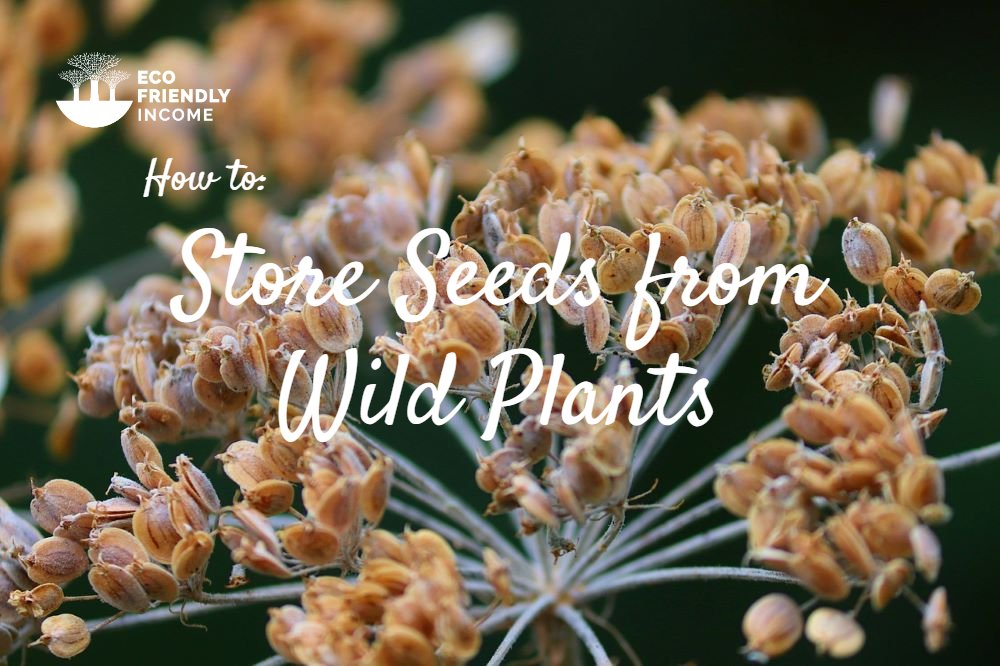

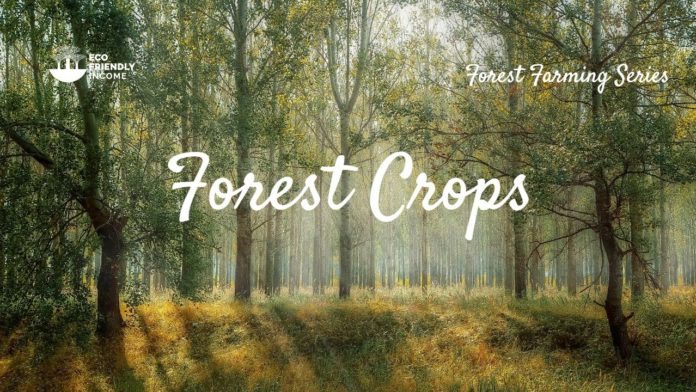
Great article awesome site! I really enjoyed reading these foods for thoughts, and although im not trying to do this in large scale i think we could benefit from all the great stuff forest has to offer in a personal or community scale, and if you plant that forest you get to sequester carbon and create food and habitat for wildlife and yourself and your family right?
Hi Erfan, thank you for sharing your thoughts, I really appreciate it! Yes! That’s the best part. I like to see it as being a plant herder, we sow the crops for ourselves but absolutely for nature. I had the idea when looking at the tree plantation we have on our family land. The understory was kind of barren and was just asking to be seeded! Currently, I’m running a small native plants nursery where I’m propagating plants that I transplant there.